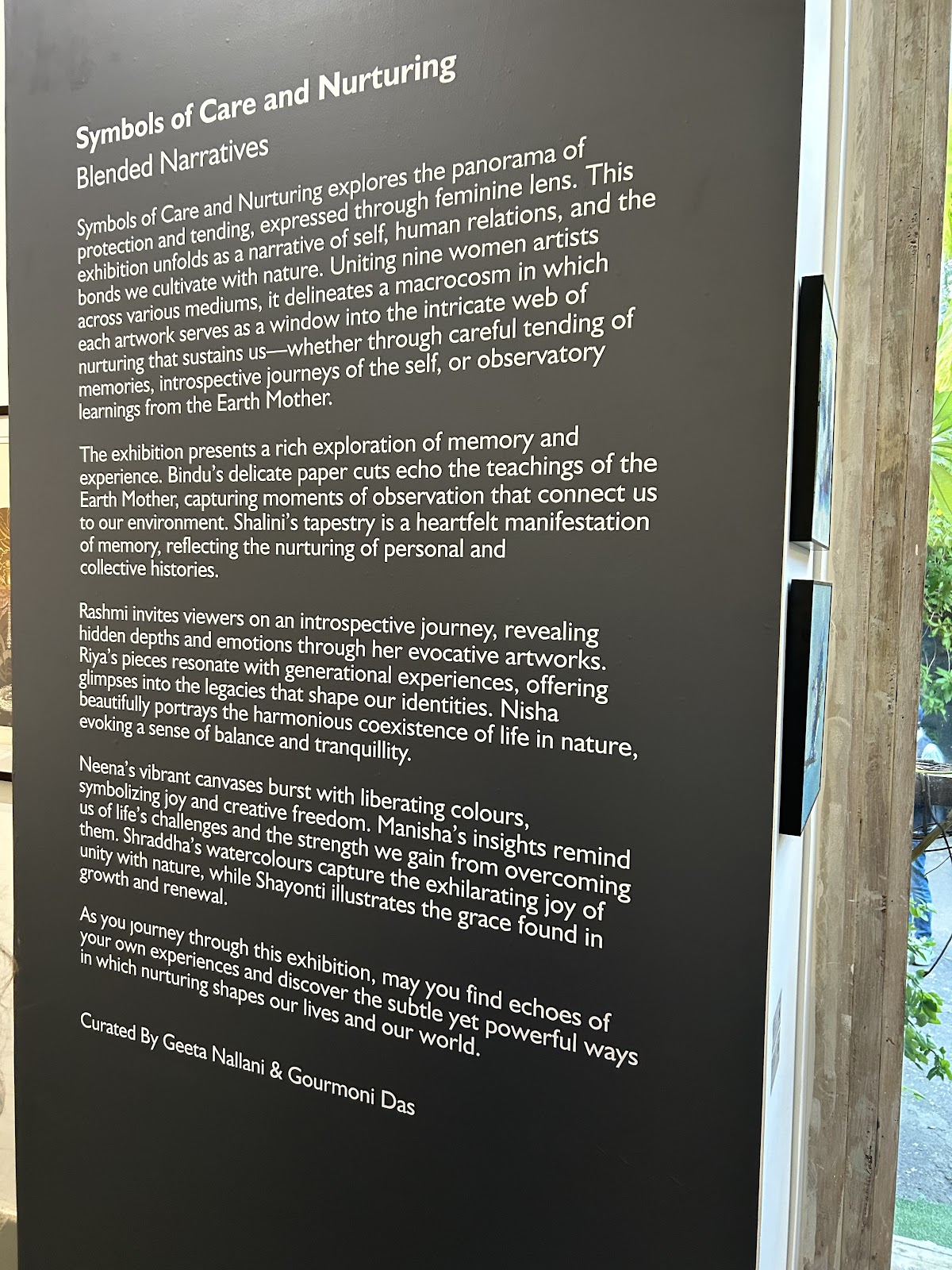Mumbai Diaries - a chance encounter with composting worms via an art exhibition
"FACTORY 5.0This Pavilion envisions a future where design transcends human-centered thinking, fostering deeper collaboration with nature. Composed of 546 digitally manufactured wooden elements, 210 Styrofoam plates, and 10,400 non-human collaborators- enclosed in transparent acrylic containers - the installation challenges contemporary urban environments.
Styrofoam represents matter once believed impossible to decompose - plastic. Through this collaborates with nature, the Pavilion demonstrates how decomposition itself can become an act of creating architecture.
At the heart of the exhibition is the "Factory" concept, illustrating how creation can flourish through the cooperation of human innovation and natural systems. The installation embodies co-creation, where diverse approaches converge to reshape the future of our habitats. This living structure engages visitors in a dynamic experience where their movements influence light, subsequently affecting the worms' activity, thus fostering a dialogue between nature and design, continuously reshaping itself.
As the Pavilion undergoes a curated aging process, the plates gradually develop openings, orchestrating a dynamic interplay of light and shadow. At the conclusion of the exhibition, these plates will be frozen as 'objects of memory; capturing the essence of time and space. Factory 5.0 redefines creation as a collaborative process, inviting reflection on the post-anthropocentric future, where human and non-human collaborators begin to coexist towards a symbiotic future."
Here are a couple of videos from the astounding installation, with the architect Aditya Mandlik explaining to us bemused lot including cousin Viji.
For three weeks, researchers at the University of Queensland fed superworms a polystyrene foam commonly used in building insulation.The larvae that snacked on plastic were able to complete their life cycle, becoming pupae and then adult beetles. However, they gained less weight than superworms that were fed a bran diet, and had less healthy gut microbiomes.Dr Chris Rinke of the University of Queensland, a co-author of the study, said within 24 hours, the superworms started “attacking the polystyrene and eating their way into it”.“Within 48 hours … the faeces they produce turn from their usual brown – when they eat bran – to white.”Rinke said the superworms first mechanically shredded the polystyrene foam, and microbes in their gut contained enzymes capable of breaking down polystyrene chains into styrene molecules.
The New York Times also reported on this study at the same time, and it made cynical me wonder if the Styrofoam lobby was at work at that point in time, trying to stave off the PS Foam ban that was upcoming in Australia.
How Superworms Make Styrofoam Into a Healthy Meal
When the time came for the insects to metamorphose into beetles, those that ate bran completed the transition successfully nearly 93 percent of the time; those that had starved mustered only 10 percent. Strikingly, 66.7 percent of the polystyrene-eating larvae that were given the chance to pupate were successful. They managed to get enough energy from the notoriously indigestible substance to transform.
“Polystyrene is definitely a poor diet,” Dr. Rinke said. But “the worms can survive it — they don’t look sick or anything.”
The researchers sequenced all the DNA they could extract from the guts of the larvae. They were less interested in which specific microbes were present than in what enzymes were being made as the microbes worked to break down polystyrene. They pinpointed a handful of likely candidates — all types of enzymes known for their slicing-and-dicing abilities — that were possibly shearing polystyrene down into smaller pieces.
“The next step will be to express those enzymes in the lab and experimentally verify that they are doing what we think they are,” Dr. Rinke said.






Interesting indeed but yes agree with your conclusion..
ReplyDeleteEnjoyed reading this although I'm not sure I fully understood the Factory 5.0 blurb. I would have loved to have seen this - certainly a lot of food for thought.
ReplyDelete